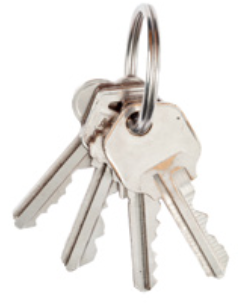Landlords and lending: What you need to know
The National Landlords Association (NLA) claims that so-called ‘part-time’ landlords now make up more than 70% of the private rented sector.*
If you’re planning to buy a rental property as a long- term investment, or to generate a regular income, here are a few points you may want to consider before you get started.
Buy to Let mortgages
You’re likely to need a Buy to Let mortgage to finance your property purchase. Buy to Let Mortgages are not regulated by the Financial Conduct Authority, but the lender will still be looking for you to meet a number of requirements.
Typically, the lender will expect you to:
- Provide accurate information about your financial circumstances
- Understand the legal implications and commercial risks of being a landlord
- Read and understand its Buy to Let offer pack, and the terms and conditions
- Understand that you, not your tenant, are responsible for meeting mortgage payments
- Understand that non-payment of the mortgage may put the wellbeing of your tenants at risk and could lead to the property being repossessed
They will also expect you to let them know if your circumstances change and you decide to occupy a property.
Mortgage costs
Mortgage interest payments are likely to be your largest ongoing cost, and most lenders will want to ensure that the rental you earn from letting your property easily covers your mortgage commitment.
You’ll also need to consider the lender’s arrangement fee. This can often be added to your mortgage, which means you will pay interest on it, but this can normally be offset against your tax liability.
Purchase costs
If you’re funding your purchase with a mortgage, you will still need to find a deposit from elsewhere. Depending on the condition of the property, you may have to undertake structural or decorative work.
You’ll also have to budget for furniture and appliances if you intend to let your property furnished. Other costs will include legal fees, Stamp Duty Land Tax (if appropriate) and a survey fee.
Ongoing Running Costs
Like your own home, a Buy to Let property will require maintenance and you’ll need to maintain the safety of gas and electrical appliances.
You might think of using a letting agent to market your property, select tenants and manage the property. A letting agent will typically charge around 10–15% of the monthly rental for this service.**
Your tenant will normally be responsible for most property related costs such as Council Tax, a TV Licence and utilities. The tenancy agreement should clearly set out who is responsible for each of these payments.
Don’t forget to budget for insurance. Specialist buildings and contents insurance for landlords is essential, but you should also arrange cover to protect you against loss of rental income.
*National Landlords Association, 10 July 2014
**www.which.co.uk, November 2014
Content reproduced by permission of Openwork Ltd.

